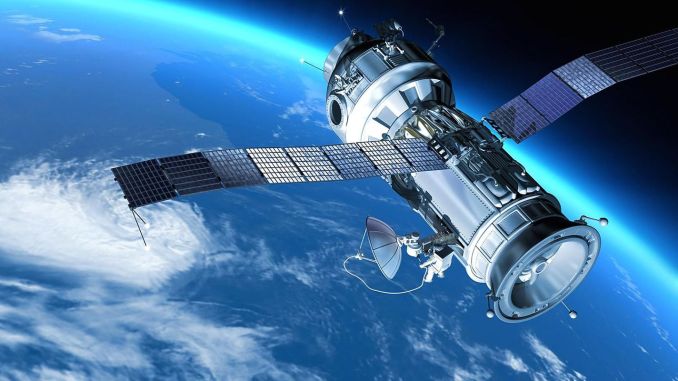Kiev. Ukraine. Ukraine Gate – January 14, 2021 – Science
On January 7, SpaceX’s Falcon 9 rocket launched a Turkish communications satellite into orbit. The device will be put into operation in the second quarter of 2021.
The Falcon 9 rocket lifted off the launch pad of Space Complex 40 at the Cape Canaveral Space Force Station at 9:15 pm US East Coast time – more than 45 minutes after the opening of the four-hour launch window. SpaceX has postponed the launch from the start of the window due to an issue at a ground station remote from the launch site.
The payload of the Falcon 9 rocket – the Turksat 5A communications satellite separated from the upper stage of the Falcon 9 rocket 33 minutes after its launch and entered a geostationary transfer orbit. The first stage of the rocket, which was previously used to launch the GPS SV03 satellite in June 2020 and two Starlink satellite launches in September and October, landed on a self-propelled barge that was drifting in the Atlantic Ocean.
The Turkish satellite operator Turksat ordered the production of Turksat 5A and 5B from Airbus Defense and Space in 2017, with SpaceX being selected to host the launch of the two spacecraft. The Turksat 5A satellite weighed 3,500 kilograms at launch. The spacecraft, based on the Eurostar E3000 chassis, is equipped with an electric motor that can be used both to launch it into orbit and to hold it in the required position.
The Turksat 5A satellite will operate in geostationary orbit at 31 degrees’ east longitude, from where it will broadcast TV and radio programs to large areas in Europe, the Middle East and Africa. The satellite will be commissioned in the second quarter of 2021.
Turksat 5B satellite, weighing 4,500 kilograms, will be equipped with Ka- and Ku-band working modules and will operate in geostationary orbit at 42 degrees’ east longitude. It is planned to be launched also this year and also with a Falcon 9 rocket.
Read also : http://Officially, the Airpeak Drone from Sony!
The launch of the Turksat 5A satellite was SpaceX’s first launch in 2021 and the world’s first orbital launch since the beginning of the year. In 2020, SpaceX made 25 orbital launches, all of which used a Falcon 9 rocket. Another – additional – launch of the Falcon 9 rocket was made to suborbital flight interruption as part of tests of the company’s spacecraft, dubbed Crew Dragon. SpaceX has not disclosed information on the exact number of launches it plans to carry out in 2021, but based on an analysis of unofficial statements from its employees, it can be assumed that the company can make more than 30 launches of Falcon 9 and Falcon Heavy rockets in a year to fulfill orders from state commercial customers as well as Starlink’s own satellite program.
The SpaceX team in Boca Chica, Texas is also continuing to build its own next-generation spacecraft. The Starship prototype could be launched into space later this year, depending on the company’s progress in suborbital flights of other prototypes.
The next scheduled orbital launch will be made by SpaceX no earlier than January 14, when a Falcon 9 rocket with several dozen small satellites on board will be launched from Florida as part of the company’s first special space mission called Transporter-1.







